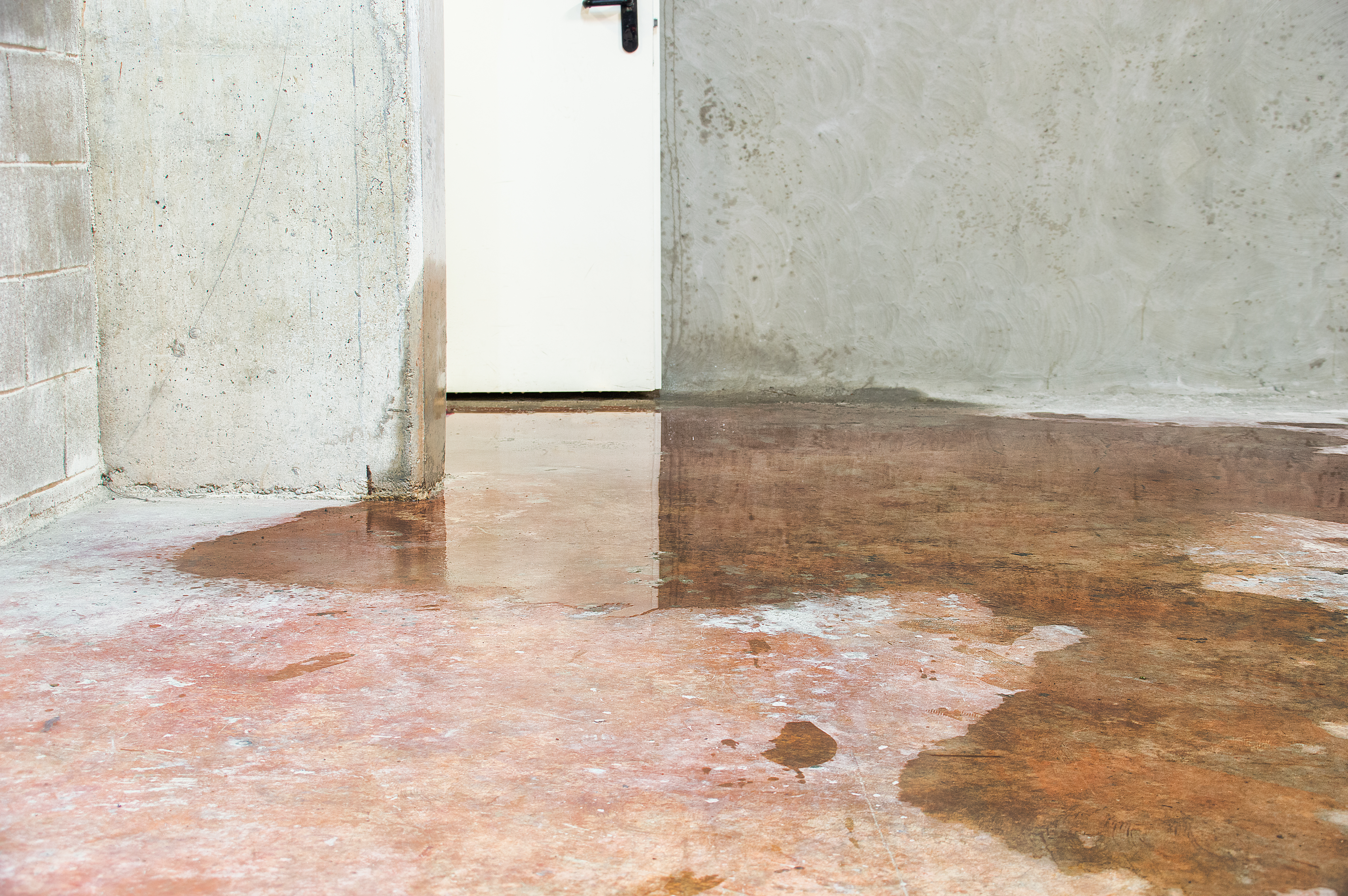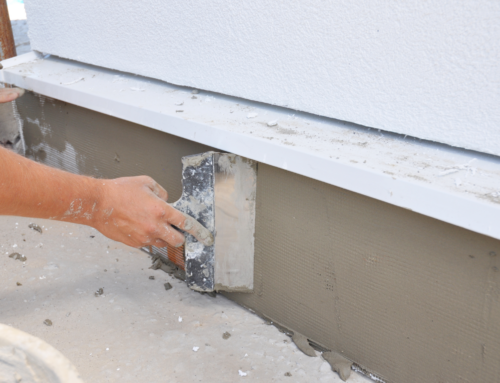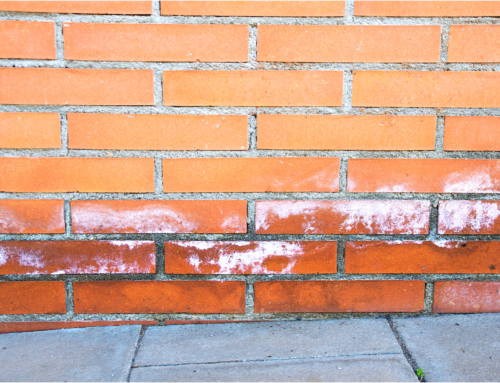If you’re like most homeowners, you probably don’t think about your basement until there’s a problem. And by then, it’s often too late! Water damage can be extremely costly to repair, not to mention the health risks associated with mold. This spring, make sure that your basement stays dry by following these four tips:
1. Install a French Drain system to divert water away from your home
A French Drain is a trench that goes around your home’s foundation. This trench is coated with a special fabric to stop dirt from getting in the way of the water flow.
French drains are used to keep your basement dry by reducing the water that flows towards your home. Too much water flowing towards your home can find its way into your home and damage the foundation. If you have a French drain, water will be diverted away, instead of coming into your house.
2. Seal any cracks or holes in your basement walls and floors
Water damage in your basement may be signaled by cracks in the internal walls. Interior wall fractures can happen for a variety of causes, but whatever the cause, they can ultimately allow moisture to seep into your home. The water causes small cracks to grow larger, allowing more moisture to enter, and little cracks can eventually become a major issue.
When inspecting the exterior of your home, look for long, horizontal cracks. These are caused when soil begins to shift around beneath the house, and the structure responds by readjusting.
Waterproofing your basement will help you address any moisture issues swiftly and prevent the smaller cracks from growing into a major problem.
3. Install a sump pump system to remove water from the basement automatically
Sump pumps help to get rid of water in your basement. If there is a lot of water coming into your house, the sump pump will push it out. You need a sump pump if you live in an area that often floods or if the water table is high.
Sump pumps come in two different types – primary and backup. A primary sump pump is the one that does all the work. It is installed in a pit at the lowest point of your basement.
A backup sump pump is there to take over if the primary pump fails. This can happen if there is a power outage.
4. Divert rainwater away from the house with your gutters and downspouts.
Gutters and downspouts are very helpful in keeping your basement dry, especially during springtime when there is a lot of rain. They ensure that rainwater is directed away from your home, preventing any issues with water pooling around your foundation.
Problems can occur if your gutters and downspouts are in need of unclogging or repair. Now that the weather is getting warmer, get outside and take a good look at your gutters and downspouts to make sure they are in good condition and able to do their job of keeping your home dry.
Spring is a great time to assess your home’s waterproofing and take care of any necessary repairs. If you don’t have a sump pump or French drain installed, now may be the perfect time to do so. And if you already have these systems in place, make sure you check and maintain them regularly.
Contact us today for more information on our basement waterproofing services!







Leave A Comment